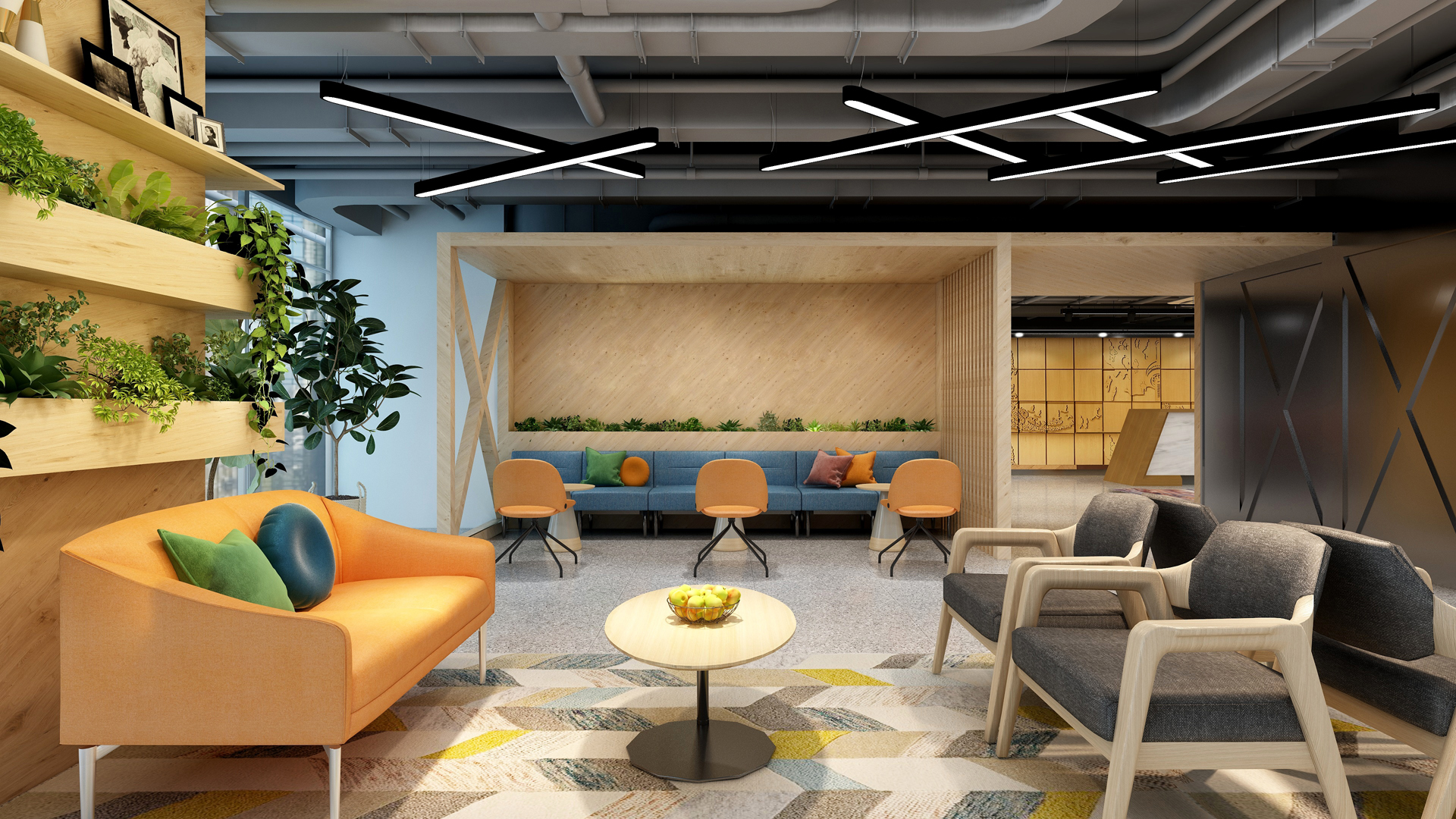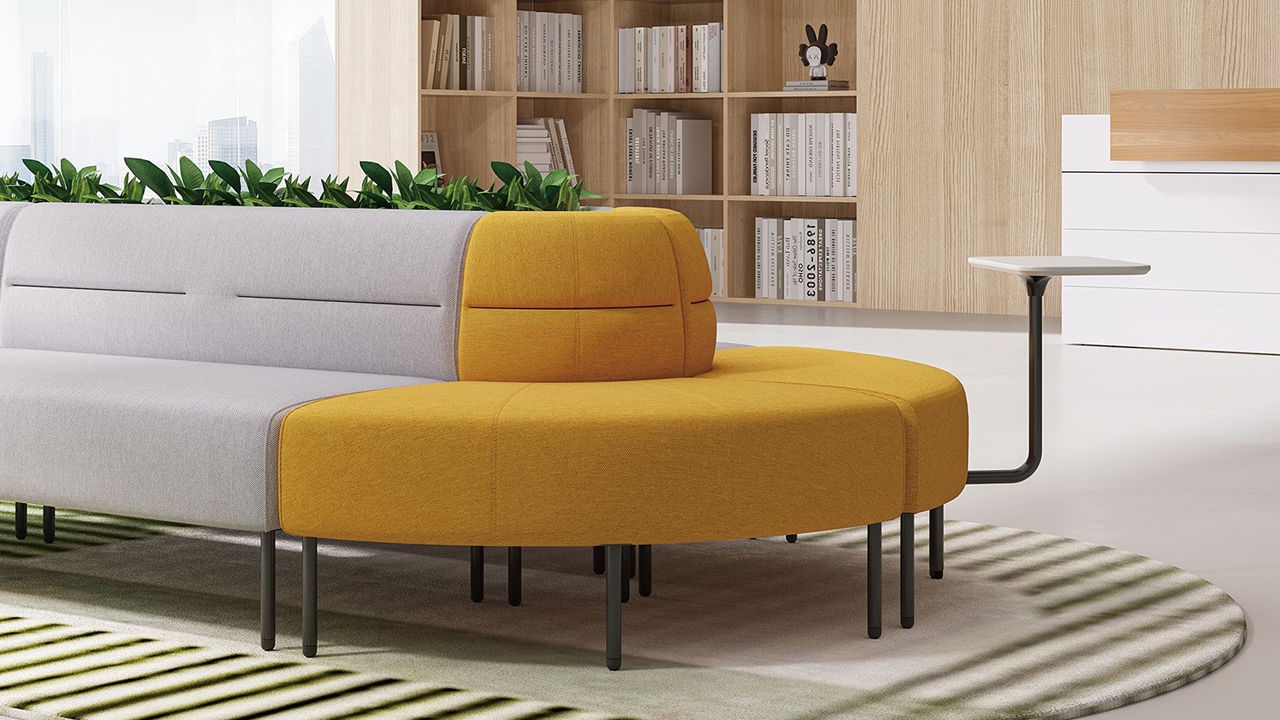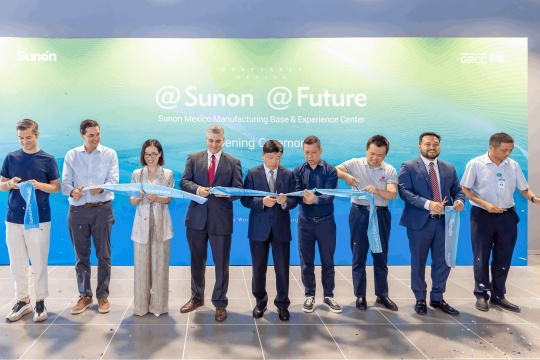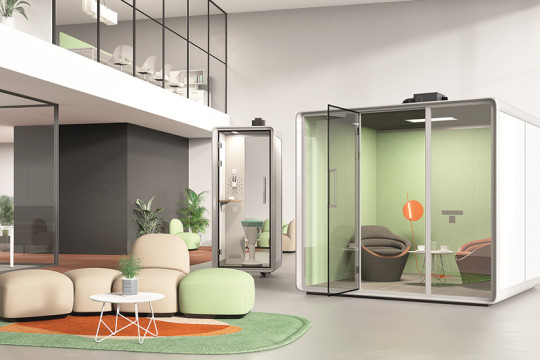6 Ideas to Design Offices for a Sensory Experience
Good design looks good, but why shouldn't it also feel, smell, and sound good? Our five senses influence how we perceive the physical environment and can provide insight into how we should approach workplace design. They are a bottom-line-driven investment in their employees' engagement and well-being. As a result, the workforce and organization become significantly more inventive, adaptable, productive, and lucrative.
Using natural materials, tactile design, ergonomic furniture, and mood lighting to create mindful sensory environments controls our nervous systems and gives serenity to our hectic lives. We can convert strictly utilitarian rooms into energizing settings where people discover more significant purpose, enjoyment, success, and fulfillment in their job when we add a sensory experience to the office.
Sensory integration, or the things we process through sight, hearing, smell, touch, and movement, can help us attain this balanced state. Here are 6 ideas targeting our senses in the workplace and making a real impact.

Thermat Comfort
Thermal comfort refers to the temperature at which people do not feel excessively hot or cold, and it varies from person to person. Employers should strive for an office environment temperature range of 18-22°C for their staff. Excellent air quality is also required for an ideal working environment. Humidifiers in the workplace can help employees breathe more comfortably.
Green Walls
Living green walls are both aesthetically pleasing and useful, helping to maintain a healthy atmosphere. Along with air purification, the benefits include noise reduction and temperature reduction, as well as increased productivity and a sense of well-being, as well as the creation of a natural fire-resistant layer.

Olafactory Stimulation
Breathing in a fragrance may change our feelings and emotions in an instant. Certain fragrances have been demonstrated to alter our attentiveness, and hence our productivity, according to research. Patios or terraces, operable windows where available, and aromatic plants in open spaces may help to provide fresh air and overall establish a good tone.
Tactile Experience
Because texture is so strongly connected with comfort and warmth... or the reverse... it plays a big role in workplace design. Texture and tactile stimuli can also aid in concentration and anxiety relief. As organizations investigate strategies to decrease viral transmission, tactility will become an increasingly significant component of workplace design. The texture of the surfaces we touch, whether smooth, rough, or shiny, has a significant impact on our satisfaction of the workplace.

Food Brings People Together
People's daily food and drink choices have a big influence on their productivity and, in the long run, their physical and mental health. Food might encourage your team to get together, take a break, and become a little friendlier with one another. Designing areas where employees may share healthy food alternatives enhances the social and community aspects of the workplace, an obvious advantage over the virtual office that may be increased in the future.
Auditory Privacy and Stimulation
Higher levels of noise encourage cooperation and engagement, but they may also be quite distracting. Spaces that are exceedingly silent, on the other hand, might be terrific for concentrated concentration but unpleasant and unsettling for cooperation. New noises, such as hearing someone cough close, may suddenly be cause for anxiety. Soft furniture, rugs, and acoustic barriers may help absorb unwanted sound, decreasing distractions and providing a better working environment. Music that is cheerful, stimulating, or stress-relieving can also be employed to boost employee cooperation.

The Takeaway
With a lot of sensory input and varied activities, high sensory settings are more sociable, open, and collaborative. A low sensory environment, on the other hand, is free of most sensations and typically includes low lighting, soft furniture, and as little noise as possible. Offering a variety of spaces encourages employees to think about their particular preferences and apply them to how they approach the task at hand, allowing them to do their best work.


